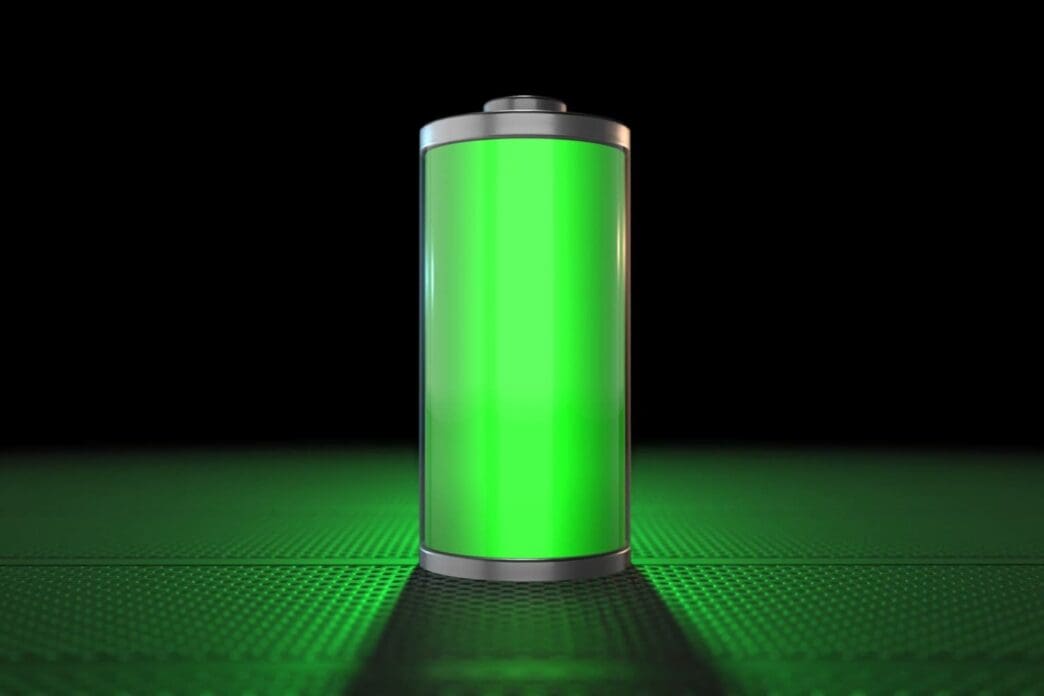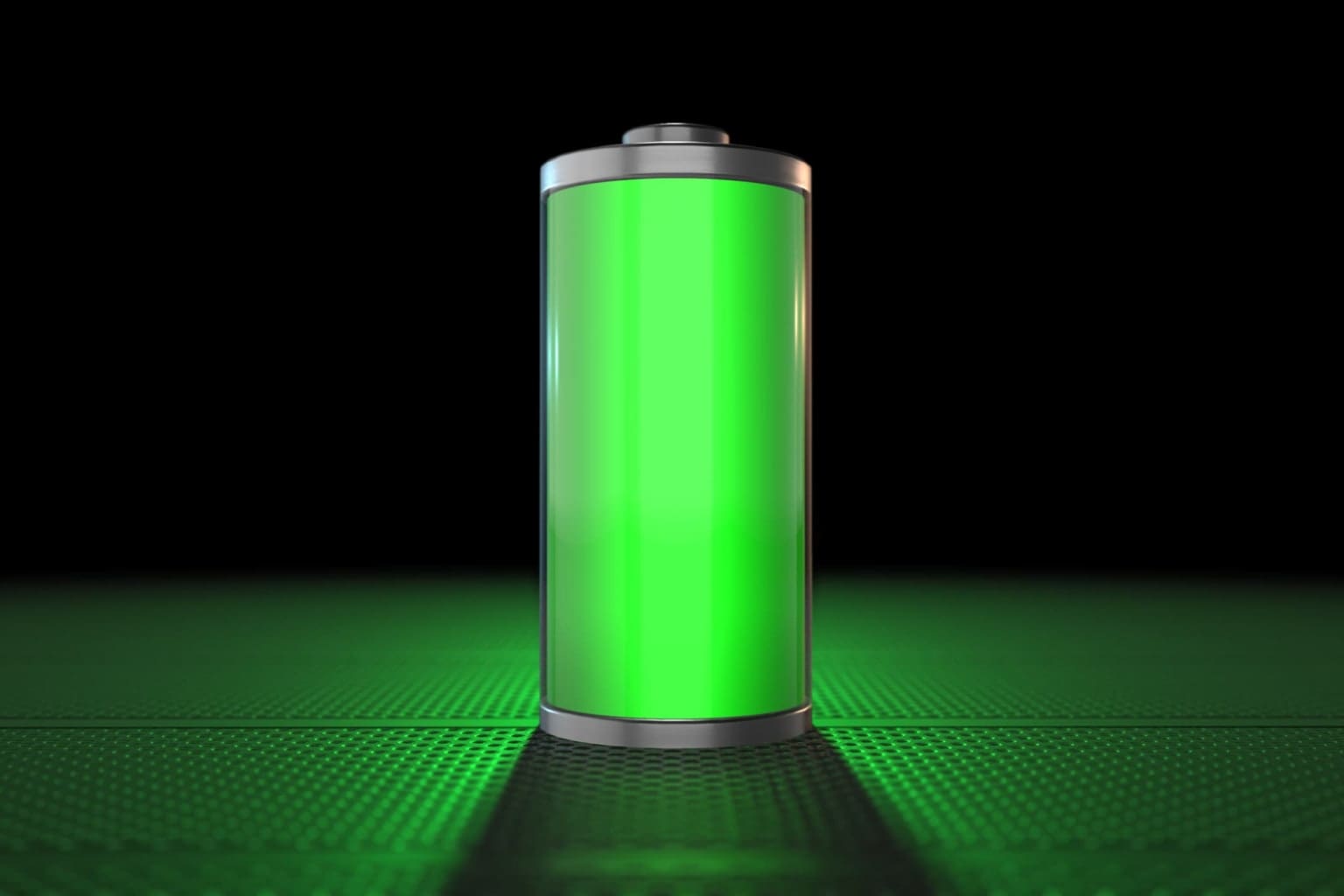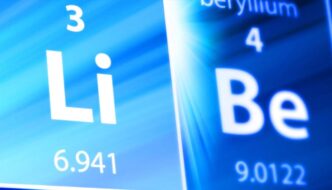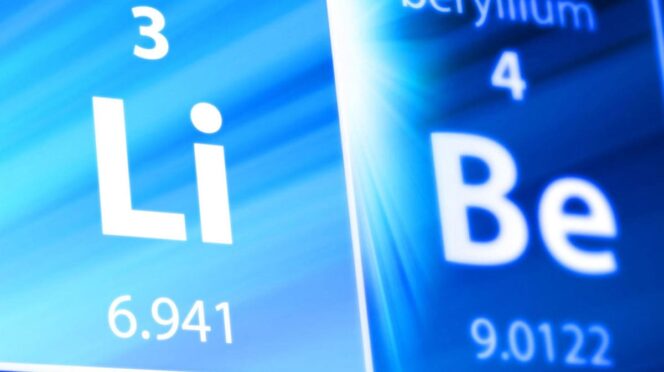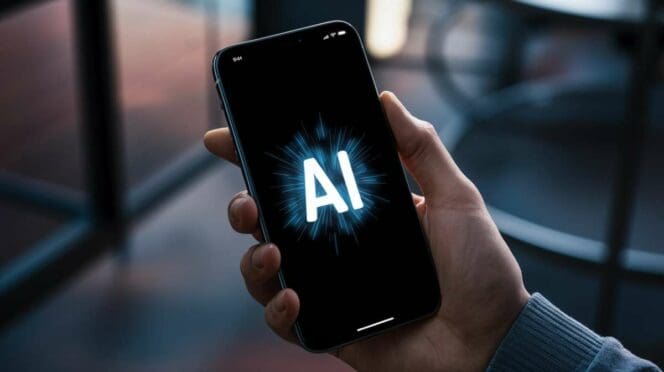Table of Contents Show
Introduction to Sodium-Ion Batteries
Sodium-ion batteries have emerged as a promising alternative to traditional lithium-ion batteries, offering several advantages such as lower cost, greater abundance of raw materials, and improved safety. However, until recently, sodium-ion batteries faced limitations in terms of power output and charging times.
KAIST’s Breakthrough: High-Energy, High-Power Hybrid Sodium-Ion Battery
Researchers from the Korea Advanced Institute of Science and Technology (KAIST) have developed a groundbreaking hybrid sodium-ion battery that combines the best features of batteries and supercapacitors. This innovative design enables the battery to achieve an impressive energy density of 247 Wh/kg and a power density of 34,748 W/kg, allowing for rapid charging.
The key to this breakthrough lies in the unique combination of anode and cathode materials. The anode is made from a low-crystallinity conductive multivalence iron sulfide embedded in sulfur-doped porous carbon, while the cathode features a high-surface-area oxygen-doped material. This combination enhances the kinetics of the battery, enabling fast charge-discharge rates without compromising energy density.

Potential Applications and Impact on the Battery Market
The development of rapidly charging sodium-ion batteries has the potential to revolutionize the battery market and transform various industries. Some of the key applications include:
- Electric Vehicles: With significantly reduced charging times, sodium-ion batteries could make electric vehicles more convenient and accessible, encouraging wider adoption.
- Portable Electronic Devices: Rapid charging capabilities would allow smartphones, laptops, and other portable devices to spend less time connected to chargers, improving user experience.
- Energy Storage Systems: High-energy, high-power sodium-ion batteries could enhance the efficiency and cost-effectiveness of grid-scale energy storage systems, supporting the integration of renewable energy sources.
The advancements in sodium-ion battery technology are expected to drive down costs, increase energy storage efficiency, and provide a more sustainable alternative to lithium-ion batteries.
https://youtube.com/watch?v=sx09zfTgHOA%3Ffeature%3Doembed%26enablejsapi%3D1%26origin%3Dhttps%3A
Frequently Asked Questions
- What are the main advantages of sodium-ion batteries over lithium-ion batteries?
Sodium-ion batteries offer several advantages, including lower cost, greater abundance of raw materials, improved safety, and now, with the latest advancements, rapid charging capabilities and high energy density. - How fast can the new sodium-ion battery developed by KAIST charge?
The hybrid sodium-ion battery developed by KAIST can achieve rapid charging, potentially reducing charging times for electric vehicles to just a few seconds and significantly decreasing the time mobile devices spend connected to chargers. - What is the energy density of the new sodium-ion battery?
The high-energy, high-power hybrid sodium-ion battery developed by KAIST has an energy density of 247 Wh/kg. - What materials are used in the anode and cathode of the new sodium-ion battery?
The anode is made from a low-crystallinity conductive multivalence iron sulfide embedded in sulfur-doped porous carbon, while the cathode features a high-surface-area oxygen-doped material. - What industries are likely to benefit the most from rapidly charging sodium-ion batteries?
The electric vehicle industry, portable electronic device manufacturers, and the energy storage sector are expected to benefit greatly from the advancements in rapidly charging sodium-ion battery technology.
